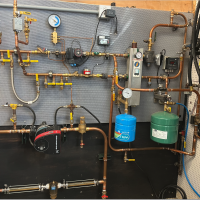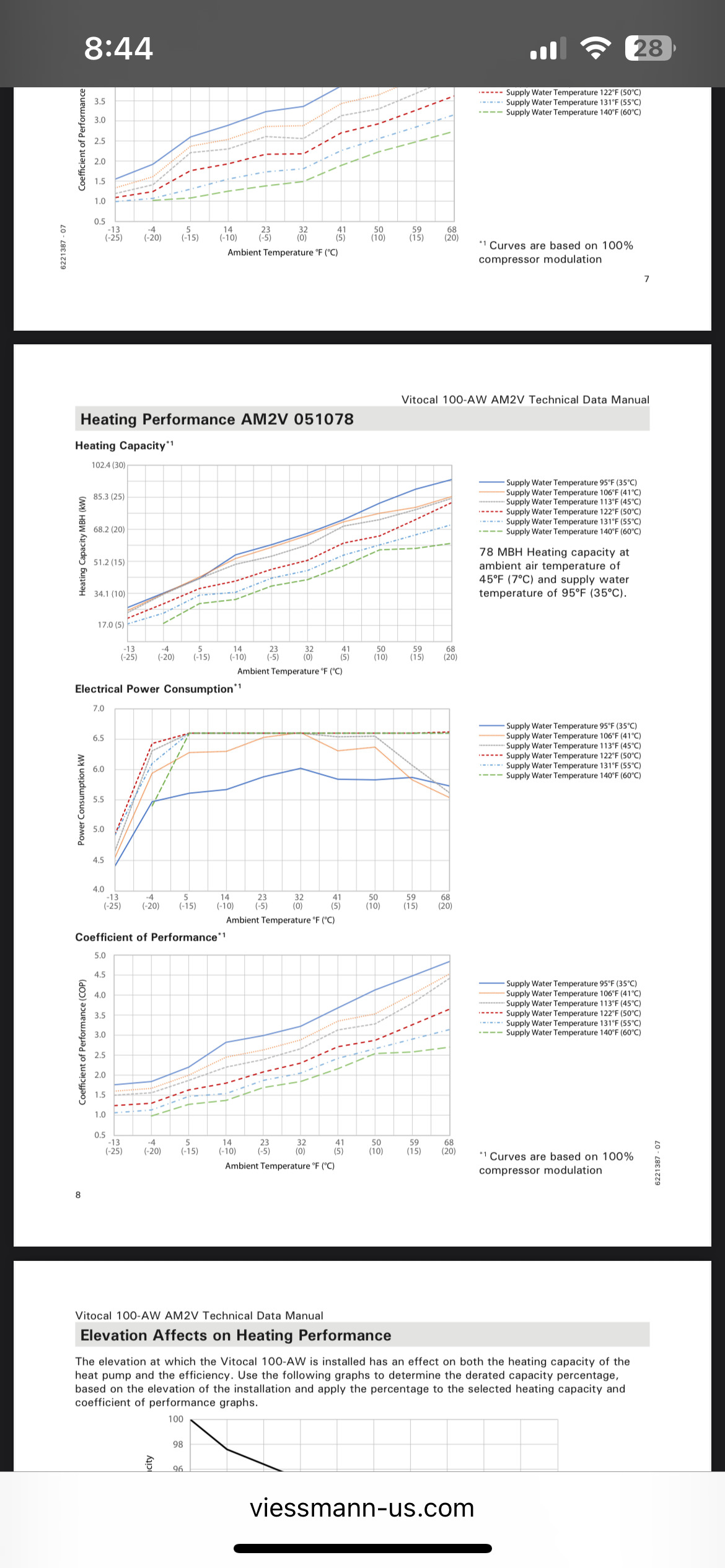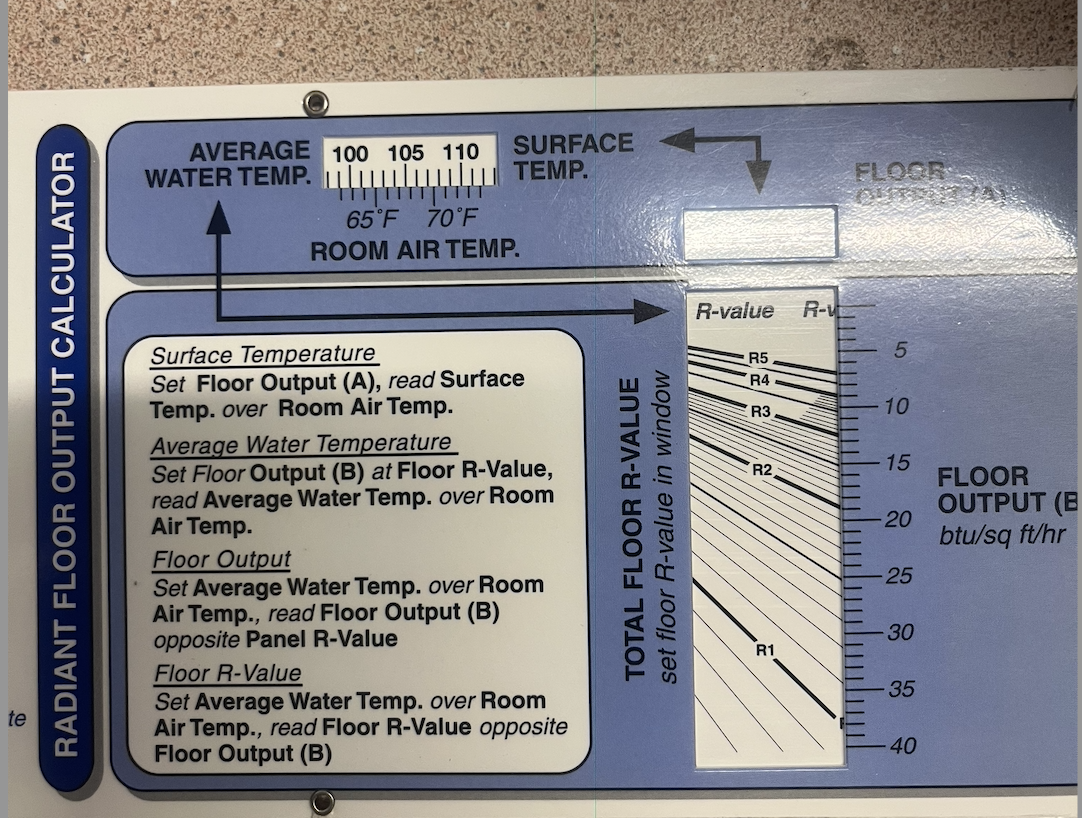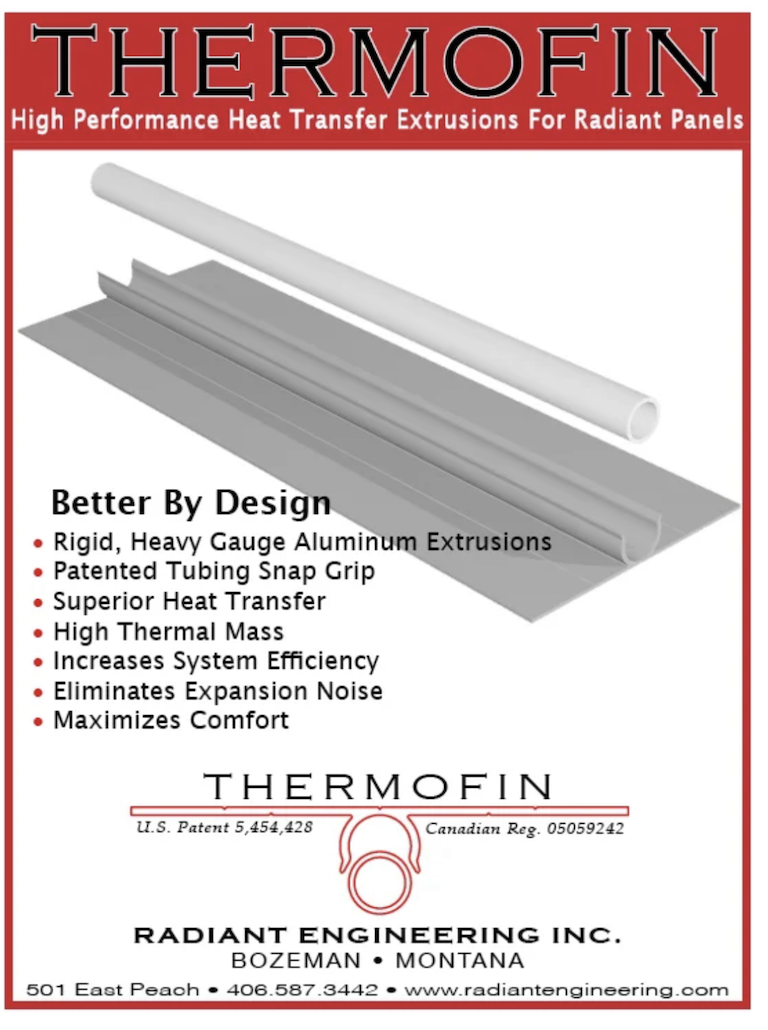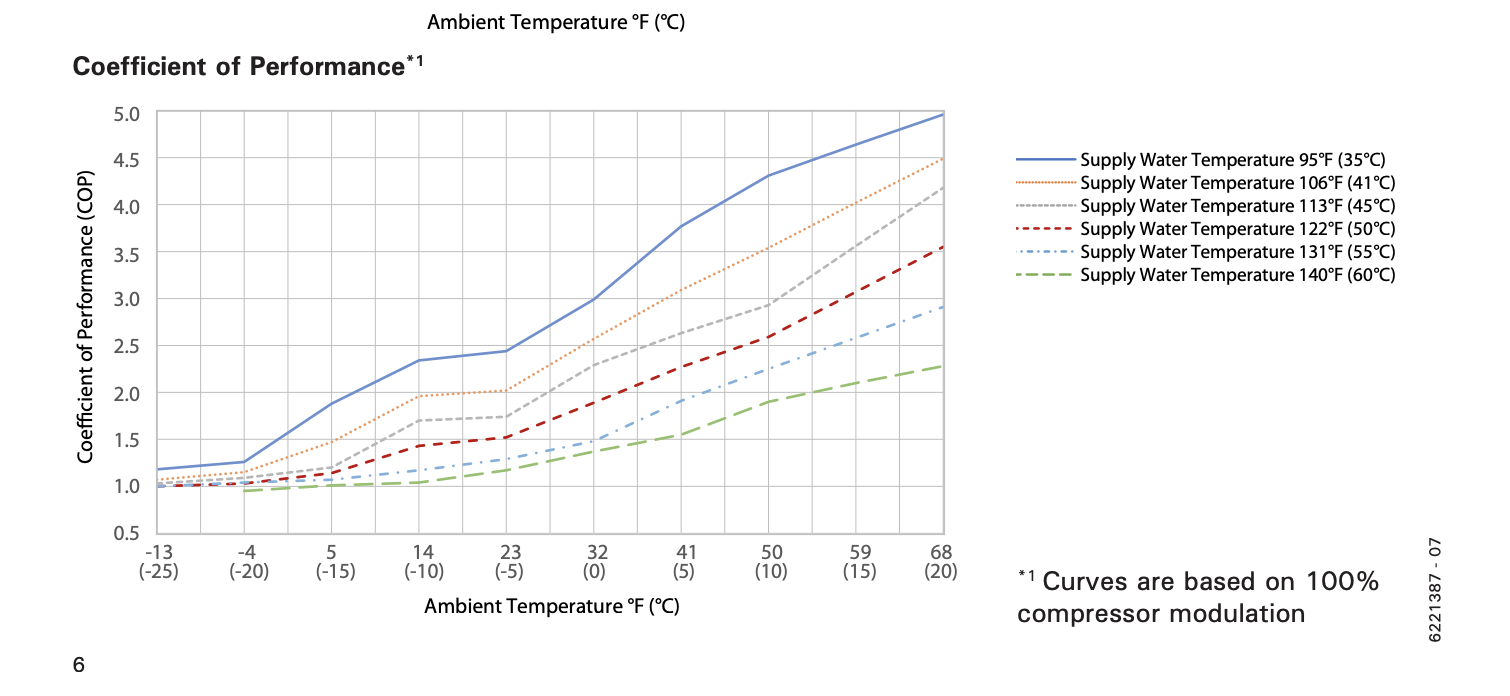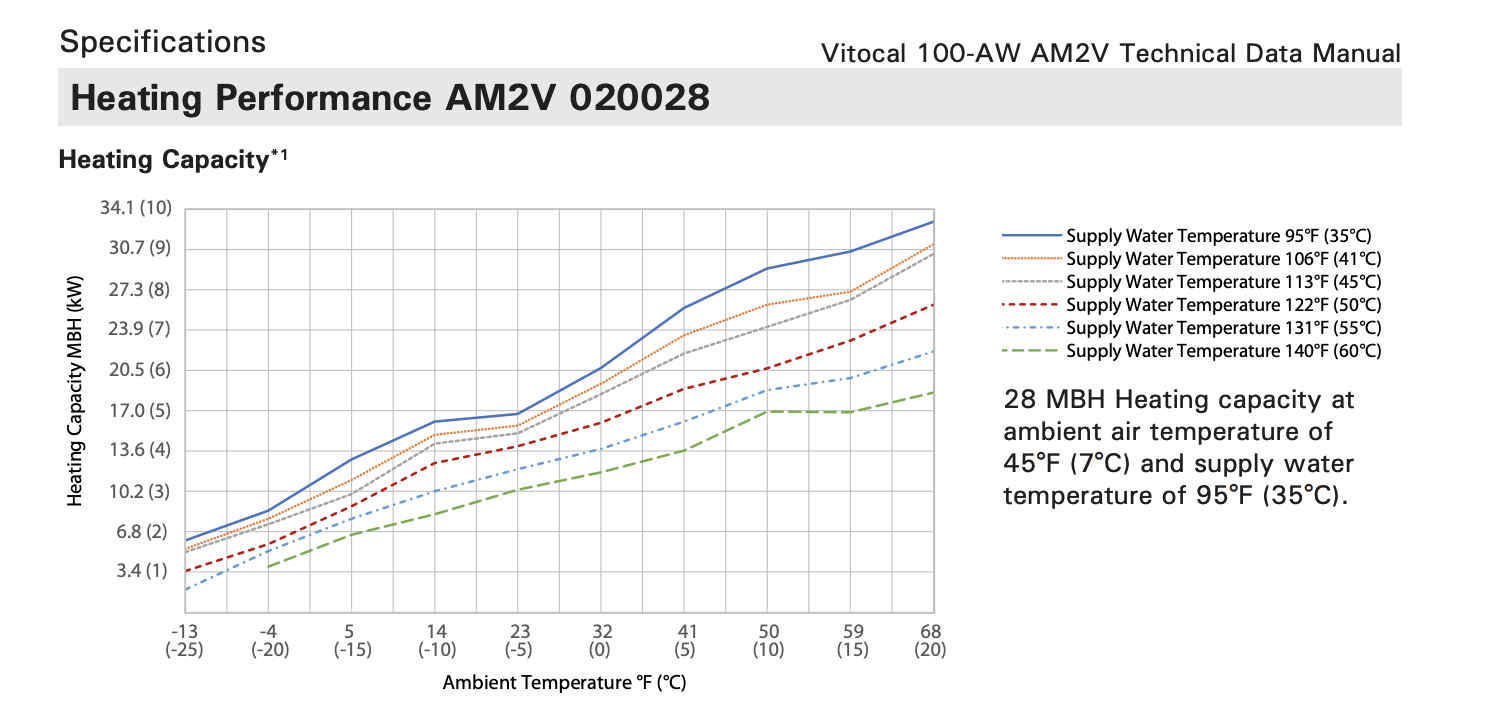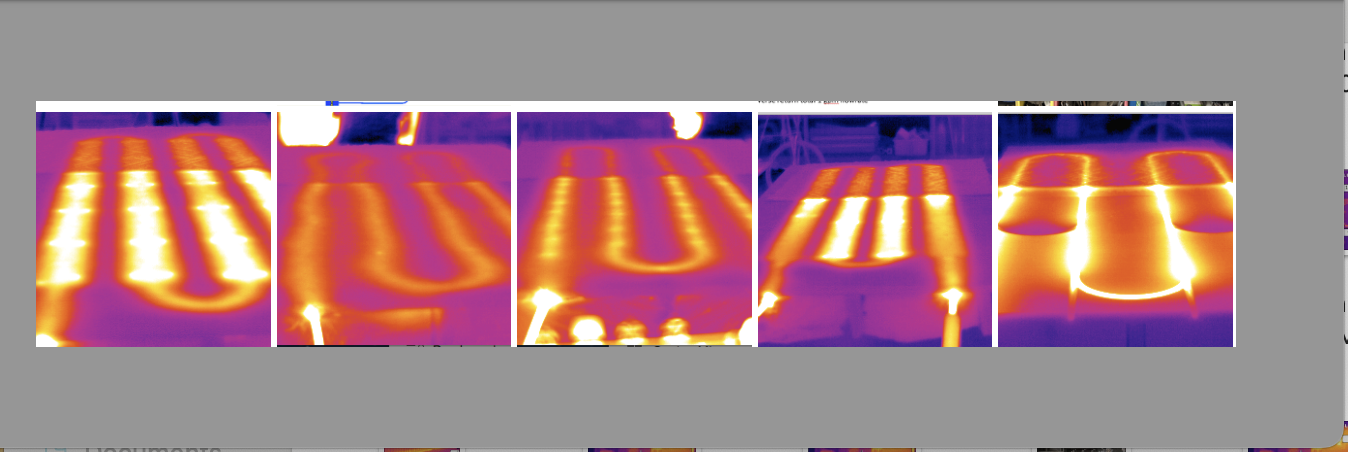Viessmann Vitocal AWHP for hydronic baseboards or retrofit floor heating?
Hello,
I hope I am in the right subcategory.
We are currently on hydronic baseboards with oil furnace. We will definitely be moving away from oil.
However, we do want to keep heating with a hydronic system for the various advantages it has compared to forced air heating. My wife has also made clear that for her forced air is not an option.
This brings me to the point where an air to water heat pump comes into play.
I have tried to read a lot about capabilities of that heat pump with baseboards, the efficiency in heating with a legacy hydronic system, but information is limited.
Do people have experience with running an AWHP with baseboards?
Is a floor or wall heating retrofit feasible and which system system would be advisable?
Regards
M
Comments
-
I would first do a heat-load for the home
Make any energy upgrades, you can. The lower the heat load the better tir the hp and energy cost going forward Then determine how much fin tube you have. The actual fin, not just the enclosure
Then use an output chart to see how the fin tube matches the heat load
Dual fuel is a good option if the HP cannot make the load in the coldest periods
I have that exact HP in my shop. With radiant slabs I can run the system 115f or lower
Bob "hot rod" Rohr
trainer for Caleffi NA
Living the hydronic dream0 -
I will get on it.
We were wondering if retrofitting actual radiant heating in the walls or floors from underneath makes sense? Ideally we would have the main and first floor with radiant heating and leave the basement on baseboards, maybe a fan coil.
It would obviously involve quite a bit of drywall work.
0 -
The advantage of retrofitting a lot of radiant heat into the floors or walls is that you can get away with running lower temperatures in the circulation. This is a definite factor when considering air to water heat pumps, as their maximum output temperature is much lower than the maximum temperature achievable with a boiler — at least with the present state of the art.
The downside is obvious: you'd be gutting most of the house. This would be inconvenient (at best) and expensive.
As @hot_rod said, the first three steps are improving the envelope as much as possible. Keep in mind while doing this, however, the minimum recommended air changes in a house to maintain indoor air quality.. Anyway, having done that, then determine the actual heat loss of the house. Then looking at the existing baseboard radiation and determine at what temperature it needs to run to satisfy that heat loss.
Then you can start looking at what heat sources — including the air to water heat pump and mod/con boilers or a combination — will satisfy the requirements.
Br. Jamie, osb
Building superintendent/caretaker, 7200 sq. ft. historic house museum with dependencies in New England0 -
As Jamie mentioned, necessarily tightening up the house resulting in reduction of air change requires that you pay close attention to indoor air quality. This requires yet another expense for a mechanical system—an HRV or an ERV—that changes the air and recovers much of the heat in that process.
0 -
First step is to figure out your starting point. How many liner feet of baseboard you have and how much oil did you burn through last winter. Winter energy used in Therms*42 is about your heat loss. For more accurate number run the math here:
https://www.greenbuildingadvisor.com/article/replacing-a-furnace-or-boiler
AWHP likes to run at around 115F max, you can then see how much of the house heat your existing baseboards can supply at lower temp.
From there, you need to add extra emitters to make up for the shortfall. The easiest is oversized low temperature panel rads to replace sections of baseboard and a bit of floor heat where easier to get to without major demo.
2 -
Thank you for the input. I will get into finding out what our heat loss is soon and then work from there.
I would be very much open to expanding the current system a little bit with a few rads or replacing some baseboards if thats enough.
For the under floor heating…we would have to install a PEX system with aluminium heat plates on the subfloor from below. A very good friend is a carpenter and has offered to do/help with this, mostly taking care of the drywall demo and reinstall part.
Our floor is solid wood throughout the house though. Is there a calculator or a way to find out if in floor heating in the main and upstairs floor would be enough to heat?
0 -
How much heat you can push up through the floor can be determined pretty easily. Floors have a max floor temp as well. But you need the heat loss first before working on that.
0 -
So we had an energy assessment done and the heating load of our house is 38000 BTU. The auditor said that insulation is up to date and there is nothing we can do that would not be invasive and economic.
With that in mind I was looking at the sizing of the Viessmann Vitocal 100 AW which comes in a 34000 BTU or 58000 BTU size.
What would be the way to go?
0 -
How does the fuel use calc compare to the assement? How many BTUs is your existing radiant capable of using 115F water?
Generally with AWHP oversizing buys you a bit of extra efficiency as long as you are not short cycling it. Check the min output of the unit and make sure your smallest zone is above it or add a buffer tank.
Since the install cost is so far removed from BOM cost, there is very little drawback in this case for the larger unit.
0 -
what temperature water do you require?
The tech manual has good graphs for performance and efficiency at difference conditions
Bob "hot rod" Rohr
trainer for Caleffi NA
Living the hydronic dream0 -
When I use an average of 30 BTU/sqft for the radiant heating system I would be able to output 60k BTU/hr. at around 100°F. But that is only for the main and first floor.
0 -
Hi, we had our manual J calculation and it came back with a 34000 BTU/h load at design temperature.
I keep thinking about the output of the system though. Our hardwood and subfloor will have a combined R value of about 1.6-1.7. How do we fare with that? The contractor seemed very optimistic.
We definitely need heat transfer plates for the 1/2 inch PEX. Which ones? Are the expensive Uponor better than the flat aluminium plates? The Uponor seem rather narrow and do not cover much width?
Does somebody have experience, data or an opinion on the two different products? We would need 20 BTU/sqft output.
0 -
R-1.7 floor, 20 btu/hr design, shows 108 AWT, so around 112-115° supply should do the job. That is comfortable for an A2WHP. 80% of the heating season you will be below that 115° requirement, better COP still.
Some key components with transfer plates, the thicker plates will not expand/ contract and make the crinkle/ oil-can noise. The tightness of the tube in the groove prevents the tube from moving, that is where the ticking noise comes from.
Radiant Design used to have ThermoFin and ThermoFin lite. The lite was narrower, a bit thinner gauge too I believe. I've found the lite versions work fine.
It's possible the extruded plates from various tube manufacturers are Radiant Design products re-labeled.
The key to RD fins are the amount of aluminum around the tube channel. The knock off missed that crucial part of the design. This is what gives the channel the holding strength.
It's good to check the output and COP at your expected outdoor temperatures. Down around 14°F COP drops.
Bob "hot rod" Rohr
trainer for Caleffi NA
Living the hydronic dream1 -
Thank you. Does the width of the transfer plates play a big role. The thicker, extruded ones tend to be only 3 1/2 inch wide while there are thinner ones that can be 4 or 5 inch wide or even double groove. They can cover the entire width in between two joists while covering two PEX tubes.
0 -
With the loads you have, 20 btu/ sq ft or less, I don't think you would see much change with the wider version. Maybe if you had high load areas they would be worth the extra cost.
There are some FEA and infrared models out there that show performance difference. I did some for the RPA years ago. But before all the various versions were available.
No doubt a product like Warmboard with a solid aluminum sheet spreads heat evenly.
From left is copper tube in ThermoFin, 2 plates per 16" oc joist bay
Suspended pex
Rubber tube staples to subfloor
Pex in ThermoFin
Warmboard, note where I routered through the Warmboard aluminum!
The cost difference is all about the amount of aluminum in the plate.
I have not used the double groove version. I think @Ironman or @Bob Bona_4 have used the Rehau version.
A lot comes down to installation and workmaship. Install and fasten them as the manufacturer requests and all the brand name plates will get the job done, quietly and efficiently.
Bob "hot rod" Rohr
trainer for Caleffi NA
Living the hydronic dream0 -
Does anybody know how to get Rehau or Thermofin products in Canada?
0 -
-
contact Radiant Design for ThermoFin availability
Bob "hot rod" Rohr
trainer for Caleffi NA
Living the hydronic dream0 -
Wolseley carries Upanor Joist track. Not cheap though.
0 -
Unfortunately, the Thermofins dont ship to Canada. I cannot get prices at Wolseley.
0 -
Phone them:
Uponor A5080500 Joist Trak, 1/2 in. Heat Transfer PanelBrand: UponorSKU: WIRA508050
Price is about what you would find on the internet.
0 -
Below is a link to a post I did a while back with some FLIR camera shots I took of a test to compare effectiveness of a couple of thicknesses and widths of heat transfer plates. The wider, thicker plates show a notable difference. Take it for what it's worth.
I have the handicap of being in Alaska and many vendors either won't ship here or shipping isn't cost effective (they love to send things UPS second day). That affected my choices.
The thicker, wider plates came from pexhouse.com in Canada. They were the only supplier I found who could provide a plate that was wider and thicker than the common .016" X 4" plates but less expensive than extruded plates. I am using them in a part of the house that will be challenging to heat using underfloor plates and I'm using the thinner plates in the rest of the house. With today's tariffs on Canadian goods and aluminum to the U.S. they would probably no longer be cost effective.
My system is still a work in progress. I had initially looked at routing grooves in the top of the subfloor, but decided to put plates under the floor.
0 -
Thanks for the link.
We are talking to several contractors now and the quotes have been very heterogeneous.
We are talking about 1300 sqft of heated floor area divided in 3 zones and the quotes have ranged from 15,000 CAD to 44,000CAD. I am not quite sure what to look for in these quotes and how to decide other than what kind of panels they use and making sure there are two runs in each joist bay.
0 -
Price is what the installer will charge. Hydronic heat is already considered specialty, add heated floors and AWHP and you'll pay a premium. About the only way to do this on the cheap is to DIY.
0
Categories
- All Categories
- 87.2K THE MAIN WALL
- 3.2K A-C, Heat Pumps & Refrigeration
- 60 Biomass
- 427 Carbon Monoxide Awareness
- 119 Chimneys & Flues
- 2.1K Domestic Hot Water
- 5.8K Gas Heating
- 115 Geothermal
- 165 Indoor-Air Quality
- 3.7K Oil Heating
- 75 Pipe Deterioration
- 1K Plumbing
- 6.4K Radiant Heating
- 394 Solar
- 15.6K Strictly Steam
- 3.4K Thermostats and Controls
- 56 Water Quality
- 51 Industry Classes
- 49 Job Opportunities
- 18 Recall Announcements
